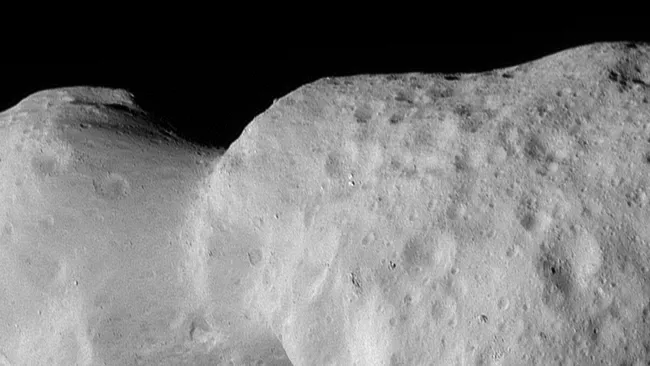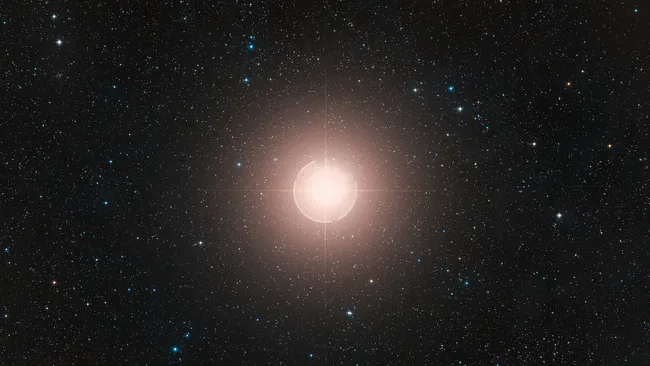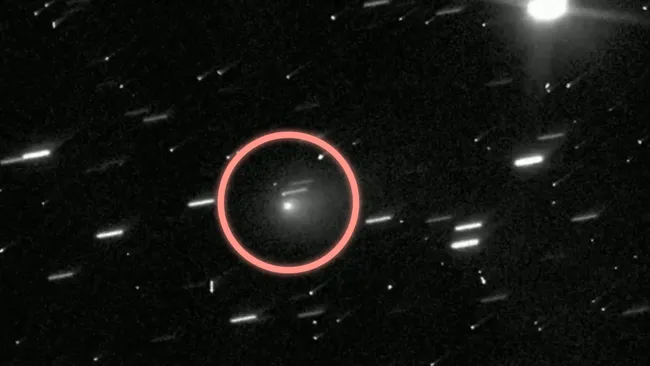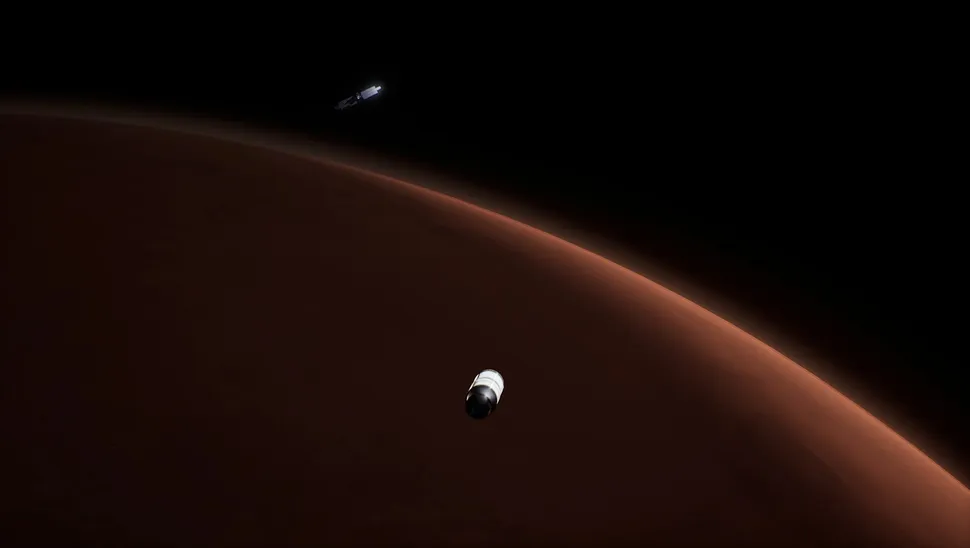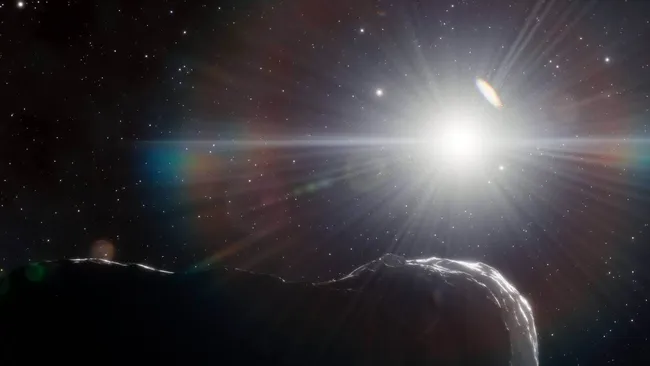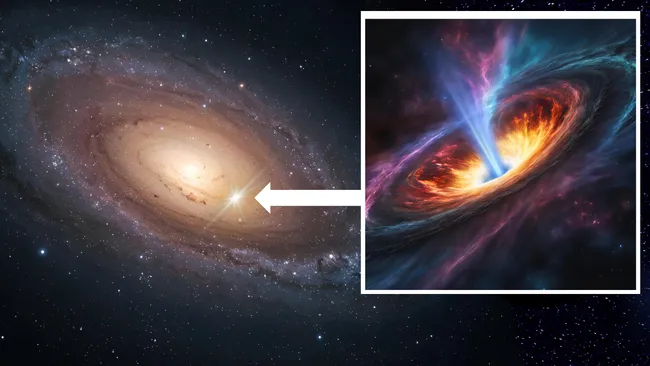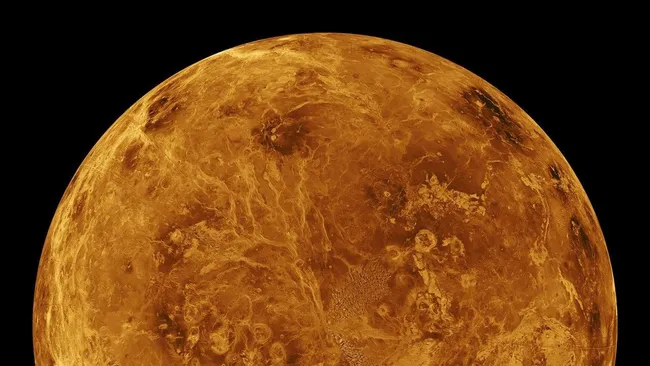Geological features of asteroid 52246 Donaldjohanson, recently visited by NASA’s Lucy spacecraft, now have official names inspired by human origins.
Lucy flew past the oddly shaped asteroid on April 20. Both the spacecraft and asteroid share names linked to paleoanthropology. Donald Johanson, the American scientist who discovered the famed Australopithecus afarensis skeleton “Lucy,” inspired the asteroid’s name. The fossil Lucy itself was named after the Beatles’ song “Lucy in the Sky with Diamonds” in 1974.
The International Astronomical Union has approved official names for Donaldjohanson’s features. The asteroid’s two lobes now carry the names Afar and Olduvai, both linked to iconic fossil sites in Ethiopia and Tanzania.
Its “neck,” called the collum, was named Windover, referencing an archaeological site in Florida near Cape Canaveral where the Lucy spacecraft launched in 2021. NASA noted that artifacts found there revolutionized the understanding of humans living 7,300 years ago.
Two smooth areas on the neck also received names. One is Hadar, the site of the Lucy fossil discovery, while the other is Minatogawa, tied to Japan’s oldest known hominins.
Additional fossil-inspired names have been assigned to boulders and craters: Boxgrove Saxum, Cashel Saxum, Kennewick Saxum, Luzia Dorsum, as well as Mungo and Narmada craters.
The Lucy spacecraft performed this flyby as preparation for its main mission to study Trojan asteroids, space rocks that share Jupiter’s orbit. Trojans are named after figures from Homer’s Iliad.
Donaldjohanson’s flyby allowed imaging and study of its features. Located in the asteroid belt between Mars and Jupiter, Donaldjohanson served as Lucy’s practice target. By September 9, the spacecraft was about 300 million miles (480 million kilometers) from the sun.
Its next major encounter is with the Trojan asteroid Eurybates in August 2027, continuing Lucy’s mission to unlock the secrets of the solar system’s ancient building blocks.

